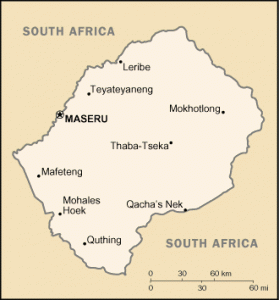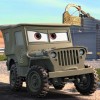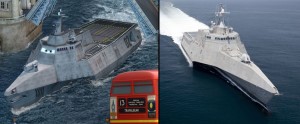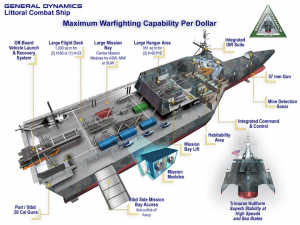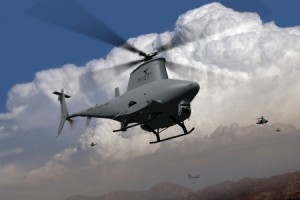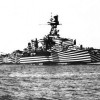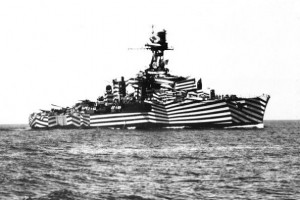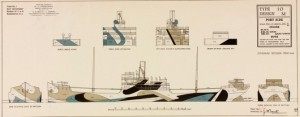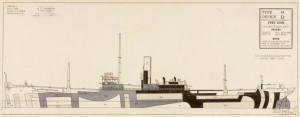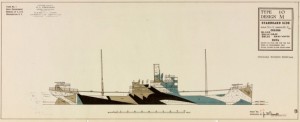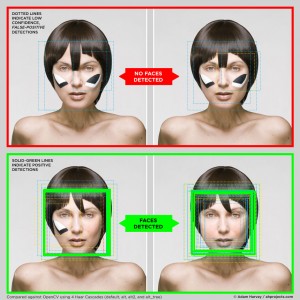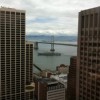I was sitting in a meeting a couple of weeks ago with a new person (in a corner conference room with sweeping views of the bay right over the Ferry Building–31st floor) and mentioned obiter dictum that we might be about to have a novel sighting of a–probably quite old and rusty–military vessel. Indeed, minutes later, there it was in the company of three tugs. Traveling backwards, in fact, just to put a fine point on the novelty.
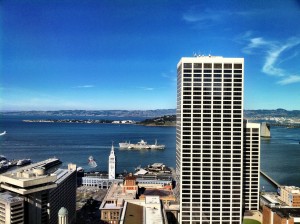
- SS Lincoln
The Suisun Bay “Mothball Fleet”
The vessel (I haven’t had time to ID it yet) was an old military ship from the “mothball fleet” at Suisun Bay, formally the National Defense Reserve Fleet, a collection of some 50-200+ assorted vessels, from cargo ships to battleships (just one, actually) from as far back as WWII, kept in a state of at least nominal readiness in case of any of a variety of crises.
The reason this ship and others before was passing the window is due to the ultimate decommissioning of the fleet as the result of a suit between the State (and a collection of environmental organizations such as NRDC) and MARAD. The ships are conveyed by tug to the BAE Systems dry dock in SF for “cleaning” (particularly paint removal) after which they’re towed some 5,000 miles (through the Panama Canal) before ultimate shipbreaking and “recycling” in Texas. Morbidly romantic as that circuitous journey may sound, this business may be kept local soon (see below, pentultimate graf)…
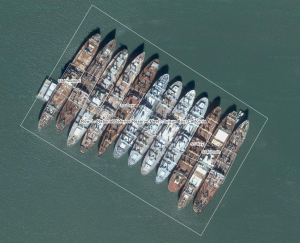
Most so far have seem to come from "Row J"
After seeing the first of several of these boats travel by, I’d determined to do the “official” mothball fleet tour, which my wife and I did last Memorial Day (auspicious-seeming, but the tour was for the most part unceremonious).
Right before the meeting I’d noticed something odd-looking on the water steaming in,. I launched an iPhone app which shows ships’ AIS transponders on a map showed three tugs escorting nothing–this is often a giveaway as the ships being hauled from Suisuin Bay don’t have AIS transponders.
Helicopter Carrier
He mentioned having recently been cycling down near the BAE drydock and seeing something that looked like a squat aircraft carrier. It happens that that ship had been an earlier Suisun Bay craft I’d seen on it way to demise. It was one of seven Iwo Jima-class helicopter carriers built for Vietnam War service. It is visually striking indeed; it certainly caught my eye on its first pass, and his description is, though basic, quite apt. It’d made an appearance in the film, “Apollo 13”, standing in for the eponymous USS Iwo Jima which had hosted the recovery of the actual Apollo 13 recovery.
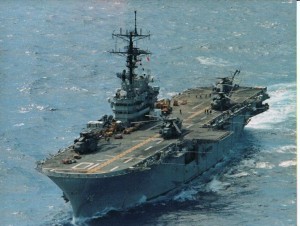
Note: until now I’d been rather smug at having identified it as the USS New Orleans, as review of some satellite imagery led me to believe that it was one of two Iwo Jima-class carriers that had been at Suisun Bay, and the other had already been sunk during SINKEX exercises (a side topic I’d thought of mentioning here, but alas I’ve run out of steam–also, I’d have talked about “artificial reefing” in the same context), but “thanks” to Wikipedia I’ve discovered the New Orleans was also 86’d in the same manner.
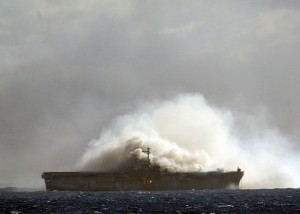
The USS New Orleans goes down in a blaze of glory (US Navy)
In fact, almost all seven have; I’ve failed in this instance of shipspotting–perhaps I can redeem myself slightly by reiterating that I usually am quite busy! I’m now going with the USS Tripoli. The fact that it had done very late duty (recently, in fact) as a test platform for the Ballistic Missile Defense system would in fact explain the radome she now sports. But anyone with more gumption I might find it in the MARAD inventory.
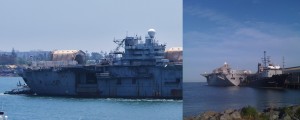
Left, the Tripoli returning after modification post-BMD tests. Right, the X ship as seen by friend (note the radome on both).
There’s also a substantial industrial/economic element not to be forgotten, here: the first two vessels to be decommissioned fetched $1.47 million to BAE Systems (for drydocking and cleaning and $2.1 million to ALL Star Metals for the chopping up and recycling. Again, that’s just for the first 2 of at least 57. A facility has been purpose-built just for these jobs (I’m not sure whether any of the ships have gone there yet). With the creation of the Mare Island facility, the whole process (cleaning to recycling) can be done locally. Eureka! Jobs created, Congressmen crow.
A Few Other Mothball Ships of Interest
Later I’ll mention a couple particularly interesting vessels that are or have lived at Suisun Bay, including:

Sea Shadow
